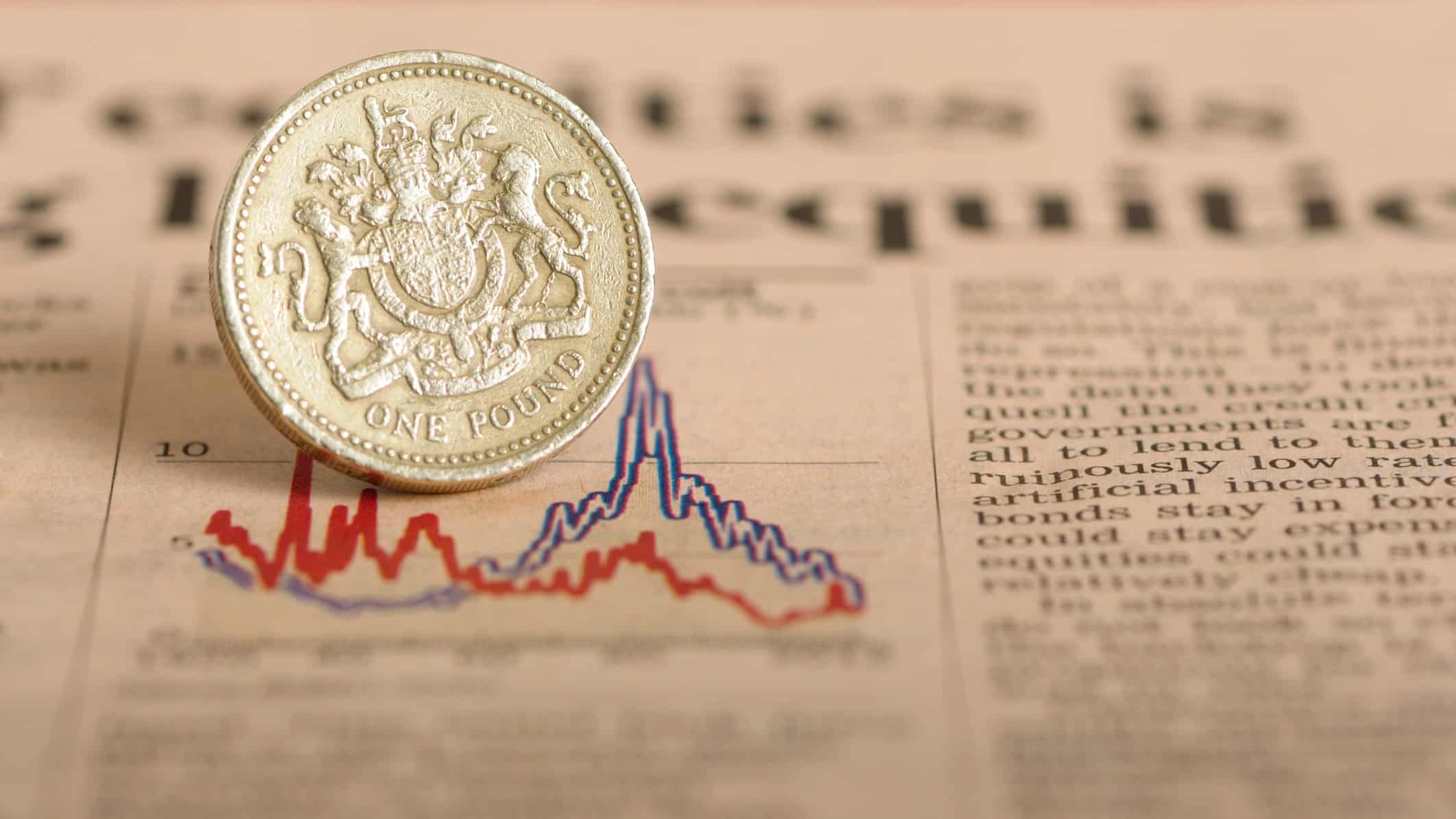I believe investing in stocks and shares is one of the best ways to earn a passive income. However, this strategy might not be suitable for all investors.
If a corporation’s profits suddenly slump, management may have no choice but to cut the dividend. This, unfortunately, happened to many firms last year.
Still, I’m comfortable with the level of risk involved in buying stocks and shares for a passive income. And with that in mind, here are two income stocks I’d buy today.
Stocks and shares
The first company on my list is financial services enterprise CMC Markets (LSE: CMCX). The group’s profits have exploded over the past year as it’s benefited from an influx of customers. The number of clients trading CFDs on its platform rose 34% in its financial year ending 31st March. Meanwhile, the number of stockbroking clients increased by 28%.
Overall profit increased 127% to £224m year-on-year. Off the back of these results, management hiked the company’s ordinary dividend for the year by 104% to 30.6p, from 15p last year. These numbers suggest the stock offers a yield of 6.3%, at current levels.
Based on these numbers, I’d buy CMC for my passive income portfolio of stocks and shares.
However, while the company benefited from an explosion in business last year, it may not last. Clients may spend less time on CMC’s platforms as the economy reopens and lockdowns are eased. This may lead to reduced trading activity and, as a result, profits.
If profits do decline, CMC may reduce its dividend next year.
Passive income
Alongside CMC, I’d also buy the oil giant BP (LSE: BP) for my passive income portfolio of stocks and shares. Last year, the company announced one of the most considerable losses in British corporate history as falling oil and gas prices inflicted pain on its portfolio. That led to a 50% cut in the group’s dividend as management pulled out all the stops to conserve cash.
BP’s fortunes have improved dramatically over the past six months. It reported underlying first quarter profit of $2.6bn, up from $791m a year ago. What’s more, strong underlying free cash flow and asset sales have cut $18.1bn off net debt in 12 months.
In my opinion, these figures suggest management has stabilised the business, which should support the company’s dividend. At the time of writing, the stock supports a dividend yield of 6.2%. That’s why I’d buy the stock for my passive income portfolio.
Unfortunately, the company faces some unique risks not applicable to other stocks and shares. The global transition away from oil and gas towards renewable energy threatens its existence. While BP is planning to spend more over the next few years on renewable projects, this might not be enough.
As such, the stock may not be suitable for all income investors.








